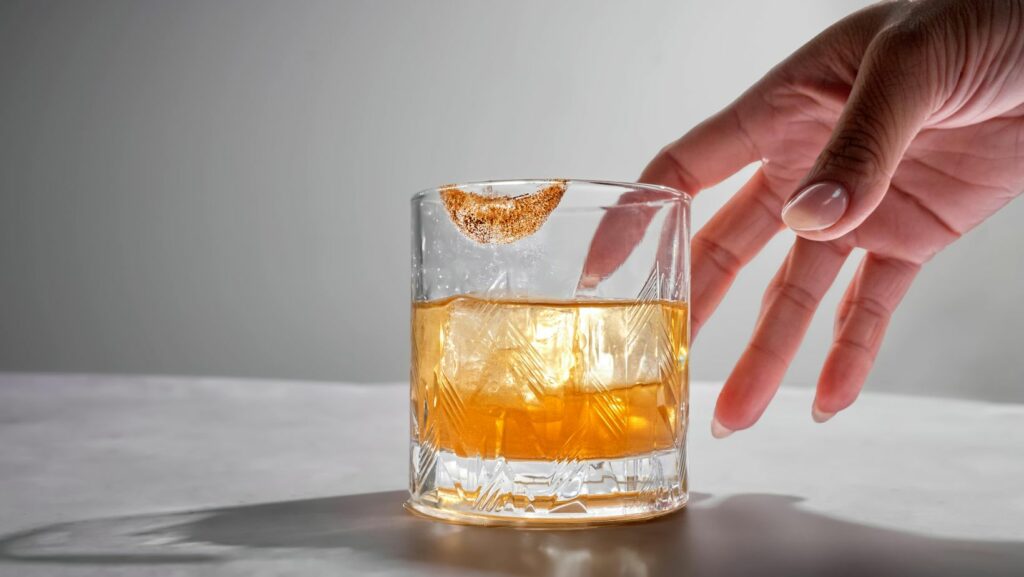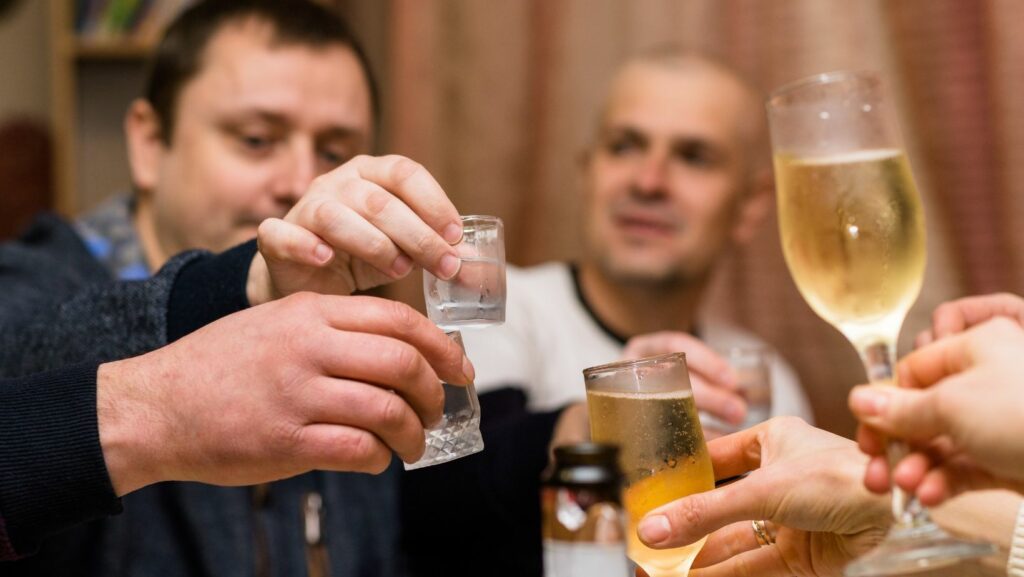The landscape of beverages is constantly evolving, and one of the most significant shifts in recent years has been the rise of non-alcoholic (NA) beers. Once a niche category with limited options, the NA beer market has exploded with craft-quality brews that mimic the taste and complexity of their alcoholic counterparts. This surge in popularity is driven by a growing movement toward mindful drinking, health consciousness, and the desire for sophisticated alternatives to traditional sodas and juices. For many, choosing an NA beer is a way to participate in social rituals without consuming alcohol, making it a popular choice for designated drivers, pregnant individuals, and those committed to a sober lifestyle.
This article will explore the world of non-alcoholic beers, delving into their production, health implications, and what makes them a compelling option for modern consumers. We will examine the benefits they offer, navigate the psychological aspects for those in recovery, and highlight some of the leading brands that are redefining what it means to drink a non-alcoholic brew.
Non-Alcoholic Beer’s Growing Popularity
What exactly is a “non-alcoholic” beer? In the United States, the Alcohol and Tobacco Tax and Trade Bureau (TTB) defines a non-alcoholic beverage as one containing less than 0.5% alcohol by volume (ABV). This small trace of alcohol is a byproduct of the brewing process, as most NA beers are made by either removing the alcohol from a fully fermented beer or by halting the fermentation process before significant alcohol is produced.
Methods for alcohol removal include vacuum distillation, where the beer is gently heated at a low temperature to evaporate the alcohol without cooking the flavor, and reverse osmosis, a filtration process that separates alcohol from the other components. These techniques have become incredibly advanced, allowing brewers to retain the delicate hop aromas and malty flavors that define a quality beer. The result is a product that offers a genuine beer-drinking experience, a far cry from the watery, less flavorful options of the past.
The market growth reflects this quality improvement. Data shows the global non-alcoholic beer market is projected to grow significantly, indicating a major shift in consumer preferences. People are not just avoiding alcohol; they are actively seeking out well-crafted, enjoyable alternatives.
Health and Wellness Benefits
One of the primary drivers behind the non-alcoholic beer trend is its array of health benefits compared to traditional beer. For individuals looking to improve their physical well-being, switching to NA options can have a notable impact.
A major advantage is the lower calorie count. A standard 12-ounce alcoholic beer can contain anywhere from 150 to 250 calories, while many NA beers fall between 50 and 100 calories. This simple swap can contribute to weight management and help individuals stay within their daily caloric goals without sacrificing the social pleasure of having a drink with friends. Furthermore, alcohol itself is a diuretic and can lead to dehydration. Non-alcoholic beer, being mostly water, is significantly more hydrating.
Some studies have even pointed to other positive physiological effects. Non-alcoholic beer contains polyphenols, which are natural compounds found in plants like hops and barley. These antioxidants have been linked to reduced inflammation and improved cardiovascular health. For athletes, some research suggests that the polyphenols in NA beer can aid in post-exercise recovery by reducing muscle inflammation.
The Psychological Side of NA Beer
For individuals on a journey of sobriety, the question of whether to drink non-alcoholic beer is complex and deeply personal. It’s a topic frequently discussed in recovery communities, including those who find support through apps and platforms designed to help people on their path to sobriety. Resources like I Am Sober explore this question in depth, examining whether non-alcoholic beer truly aligns with a sober lifestyle and how it can affect recovery journeys.
For some, NA beer is a valuable tool. It can act as a social lubricant, allowing them to hold a bottle or can in a setting where everyone else is drinking, thereby avoiding unwanted questions or social pressure. The ritual of cracking open a cold beer after a long day is a habit that can be hard to break. An NA beer can satisfy that ritualistic craving without the alcohol, providing a sense of normalcy and inclusion. This can be particularly helpful in early sobriety when navigating social events feels challenging.

However, for others, non-alcoholic beer can be a significant trigger. The taste, smell, and even the act of drinking from a beer bottle can closely mimic the experience of drinking alcohol, potentially sparking cravings that could lead to a relapse. This phenomenon, known as “euphoric recall,” can romanticize past drinking experiences and weaken one’s resolve. The small amount of alcohol (less than 0.5% ABV) is negligible for most, but for someone with a severe alcohol use disorder, it can represent a psychological boundary being crossed. Many recovery programs advocate for complete abstinence, and for those individuals, an NA beer is not a suitable choice.
Ultimately, the decision is a personal one that requires honest self-reflection. People who are part of the I am sober movement or other recovery programs should consider their personal triggers, their definition of sobriety, and discuss the choice with their support network, whether that includes a therapist, a sponsor, or trusted peers.
Top Brands Shaping the NA Market
The non-alcoholic beer aisle is no longer a desolate space. It’s now filled with a diverse range of styles from both established breweries and new, dedicated NA producers. Here are some of the brands leading the charge:
- Athletic Brewing Co.: Arguably the most recognizable name in the craft NA space, Athletic Brewing has built its brand on creating award-winning non-alcoholic beers. They offer a wide array of styles, from their popular Run Wild IPA and Upside Dawn Golden Ale to seasonal stouts, porters, and sours. Their focus is solely on NA beer, allowing them to perfect their craft.
- Heineken 0.0: A giant of the beer world, Heineken invested heavily in creating an alcohol-free version of its flagship lager. Heineken 0.0 has been widely praised for tasting remarkably similar to the original, offering a familiar, crisp, and refreshing option that is available almost everywhere.
- BrewDog: This Scottish craft beer powerhouse has a robust lineup of alcohol-free beers, including Punk AF (an NA version of their iconic Punk IPA) and Nanny State (a hoppy pale ale). They bring their edgy, flavor-forward approach to the NA category, appealing to discerning craft beer lovers.
- Lagunitas IPNA: Lagunitas is known for its hop-heavy California-style IPAs, and their IPNA (India Pale Non-Ale) lives up to the reputation. It delivers the piney, citrusy hop character that IPA fans crave, making it a go-to for those who don’t want to compromise on flavor.
- Partake Brewing: This Canadian brand specializes in low-calorie (10-30 per can) non-alcoholic craft beers. They offer a variety of styles, including an IPA, Pale Ale, Blonde, and Stout, making them a fantastic choice for the highly health-conscious consumer.
These brands represent just the tip of the iceberg. Many local craft breweries are also venturing into the NA space, providing even more options for consumers to explore. The growth of this market has been a game-changer, giving those who choose not to drink alcohol access to beverages that are just as complex and satisfying as their alcoholic counterparts. For someone using a tool like the I am sober app to track their journey, having these high-quality alternatives can make social situations easier and the path to sobriety more sustainable.
Final Analysis
The emergence of high-quality non-alcoholic beer marks a positive evolution in drinking culture. It provides a sophisticated, flavorful, and healthier alternative for anyone looking to reduce or eliminate their alcohol intake. With benefits ranging from lower calories to potential anti-inflammatory properties, NA beers are more than just substitutes; they are a legitimate beverage category in their own right.
For those in recovery, the role of NA beer is a nuanced subject. While it can be a helpful tool for some, it poses a risk of being a trigger for others. This is a personal decision that should be made with careful consideration and self-awareness. The fact that this conversation is happening, and that platforms that support sober living like the I am sober community exist, is a testament to the growing support for mindful drinking. As the market continues to expand and innovate, the future looks bright for anyone seeking a great-tasting brew, without the buzz.

